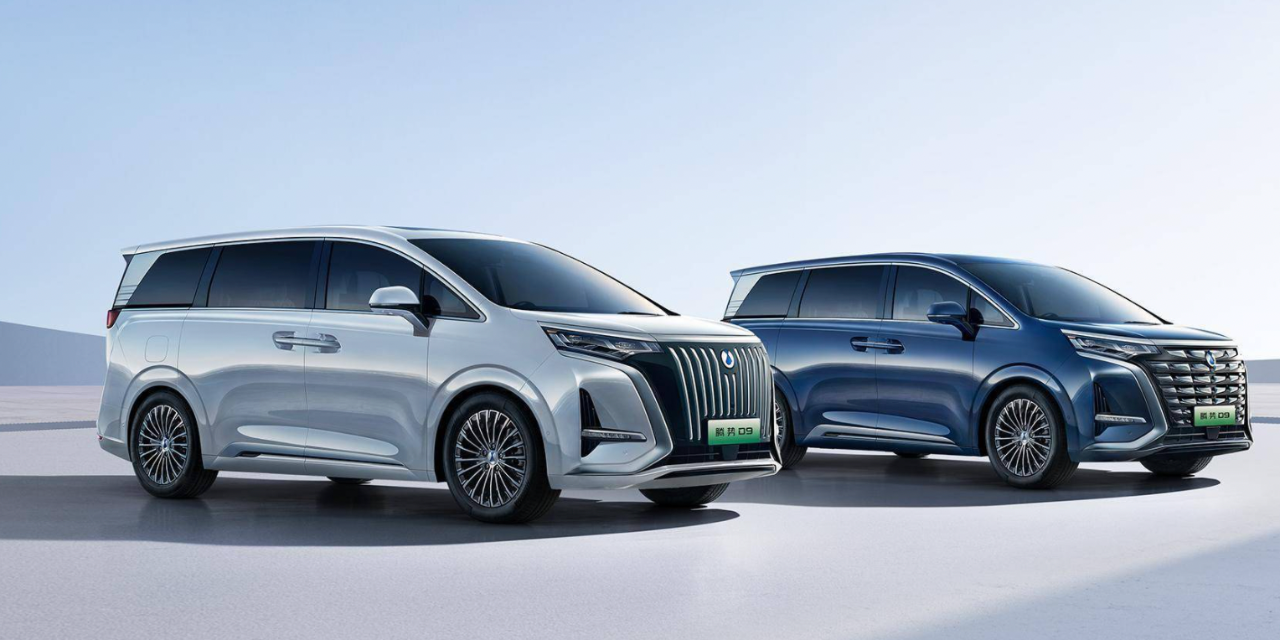ManbetX posted from the passenger temple
AI4Auto | WeChat Public Account for Intelligent Cars
Chinese automakers are once again rolling up in the MPV market. Here comes DENZA D9, the own-born of BYD and Mercedes-Benz, just after the recently launched LanTu dream home, with a top-equipped price of 640,000 yuan.
The starting price of DENZA D9 is 335,000-460,000 yuan. The limited edition version, the Genesis, is priced at 660,000 yuan.
With the support of BYD, DENZA D9 is confident in exploring the luxury market:
The hybrid version is equipped with DM-i super hybrid system with a range of over 1,000 kilometers; the pure electric version is equipped with blade batteries with a range of over 600 kilometers.
It is officially rated as L2+ intelligent driving, which can achieve point-to-point assisted driving on highways, in parking lots and on congested roads.
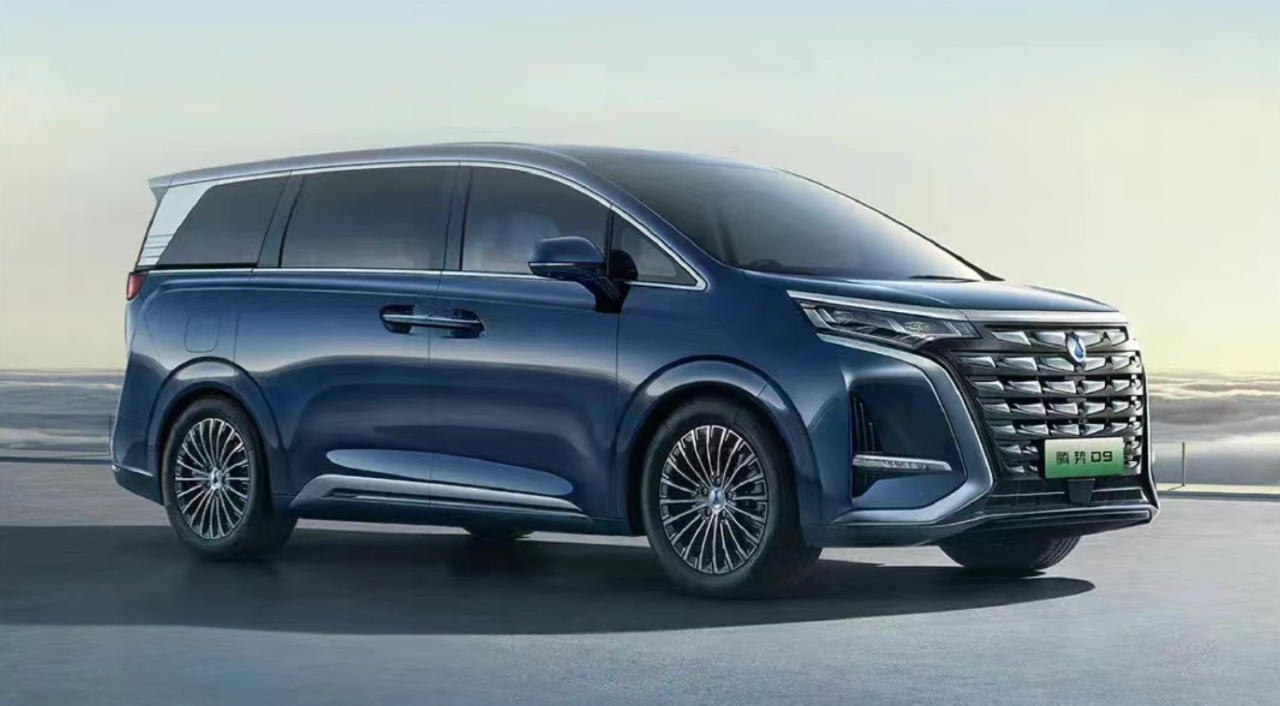
The smart cabin comes standard with DENZA Link, a high-performance 5G technology, and is also compatible with Android systems.
Luxury cabin configurations such as aviation seats and in-vehicle refrigerators are fully equipped.
DENZA D9 is dedicated to leading the way in luxury MPV domain. But the question is: does DENZA D9 have what it takes?
What kind of car is DENZA D9?
Why can DENZA D9 sell for up to 660,000 yuan?
There are three main selling points: intelligent configuration, the three-electric (battery, motor, electronic control) system originating in BYD, and the luxury MPV cabin configuration.
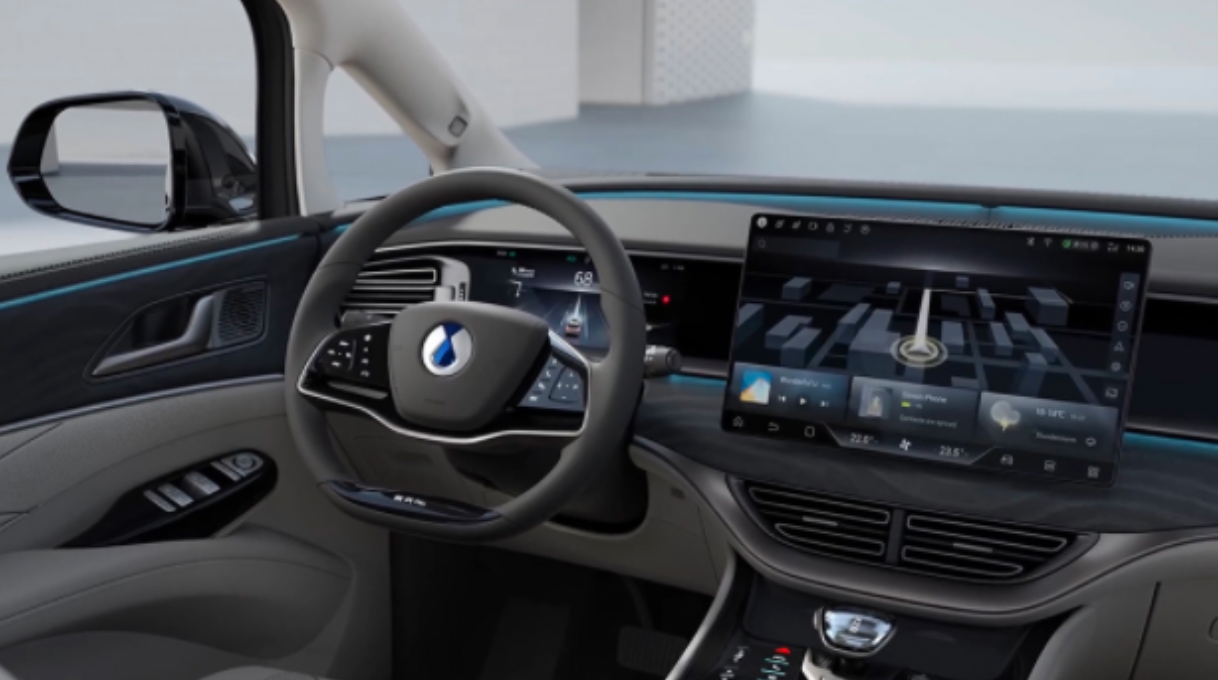
How about the intelligent configuration?
In terms of intelligent driving, the hardware is equipped with 24 sensors and a domain controller, and the front camera has a maximum detection distance of 120 meters.
-
1 front camera
-
5 millimeter wave radars
-
4 surround view cameras
-
12 ultrasonic radars
-
1 driver monitoring camera
-
1 EPS angle control sensor
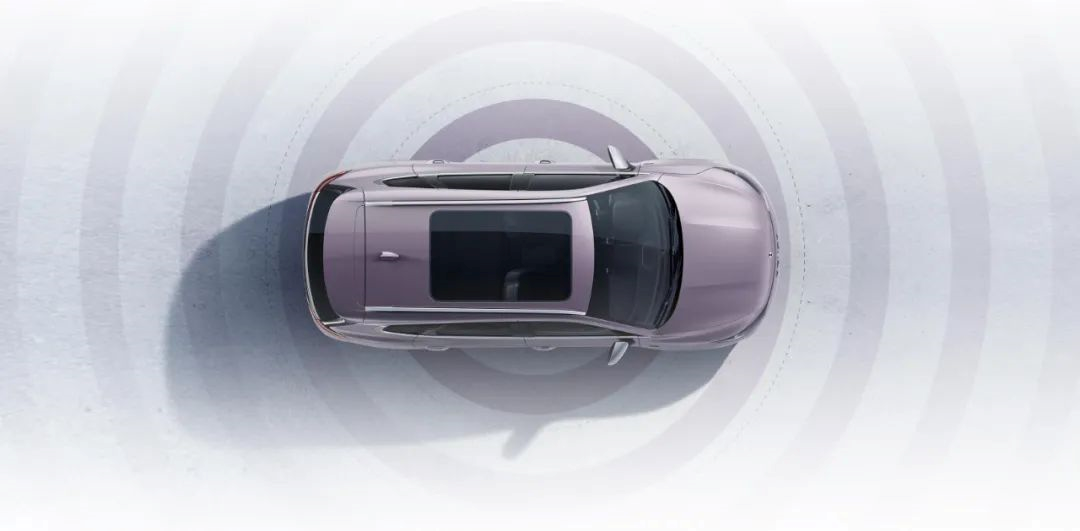
The DENZA Pilot intelligent driving system can achieve point-to-point L2+ assisted driving on highways, in urban congested roads and parking lots.
At the same time, DENZA officials revealed that DENZA D9 is also pre-embedded with hardware redundancy to support advanced automatic driving functions for future OTA upgrades.
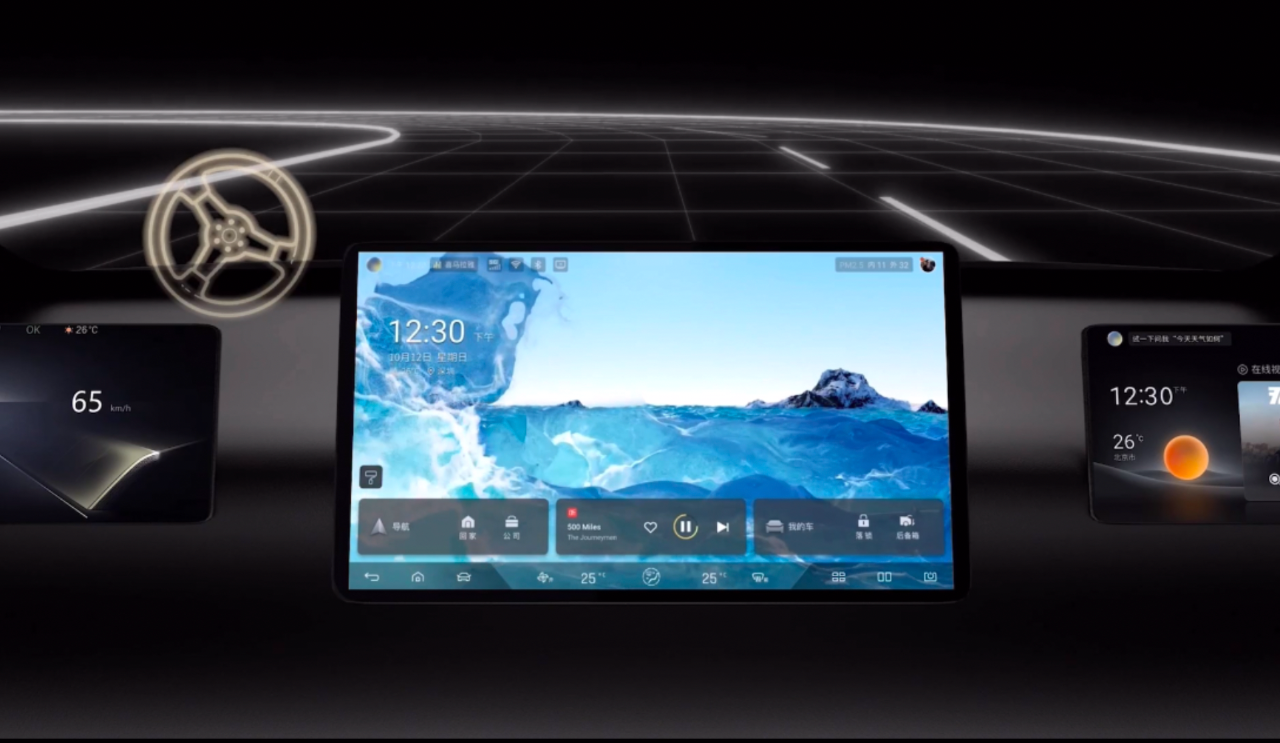 The DENZA Link intelligent interactive cabin, which comes as standard for the whole series, enables 5G quick connection and features Bluetooth BT5.2 and WIFI6. The cabin supports independent voice interaction of four acoustic areas, 20-second non-waking function, and 13 different language interactions.
The DENZA Link intelligent interactive cabin, which comes as standard for the whole series, enables 5G quick connection and features Bluetooth BT5.2 and WIFI6. The cabin supports independent voice interaction of four acoustic areas, 20-second non-waking function, and 13 different language interactions.
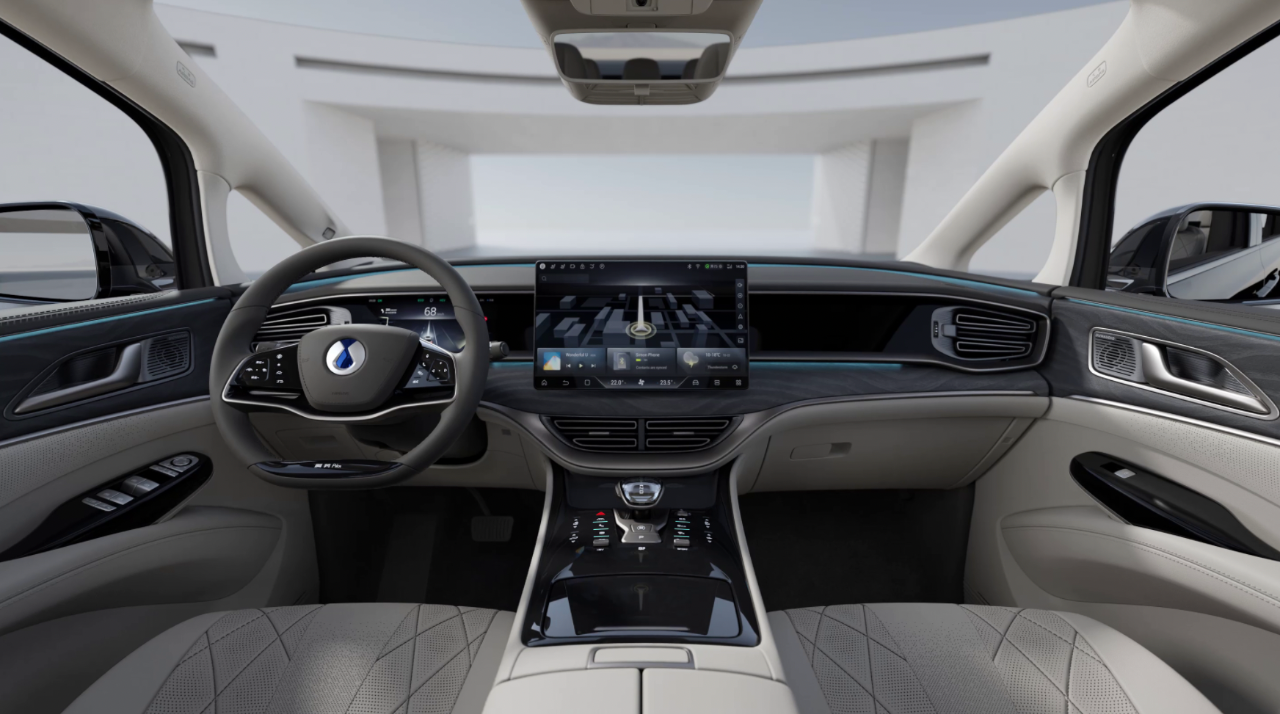
The car interaction solution adopts a 7-screen design that enables cross-screen linkage:
-
One 15.6-inch central control screen
-
One 10.25-inch all-liquid crystal instrument screen
-
Two 12-inch HUD head-up display screens
-
Two 5.5-inch armrest screens
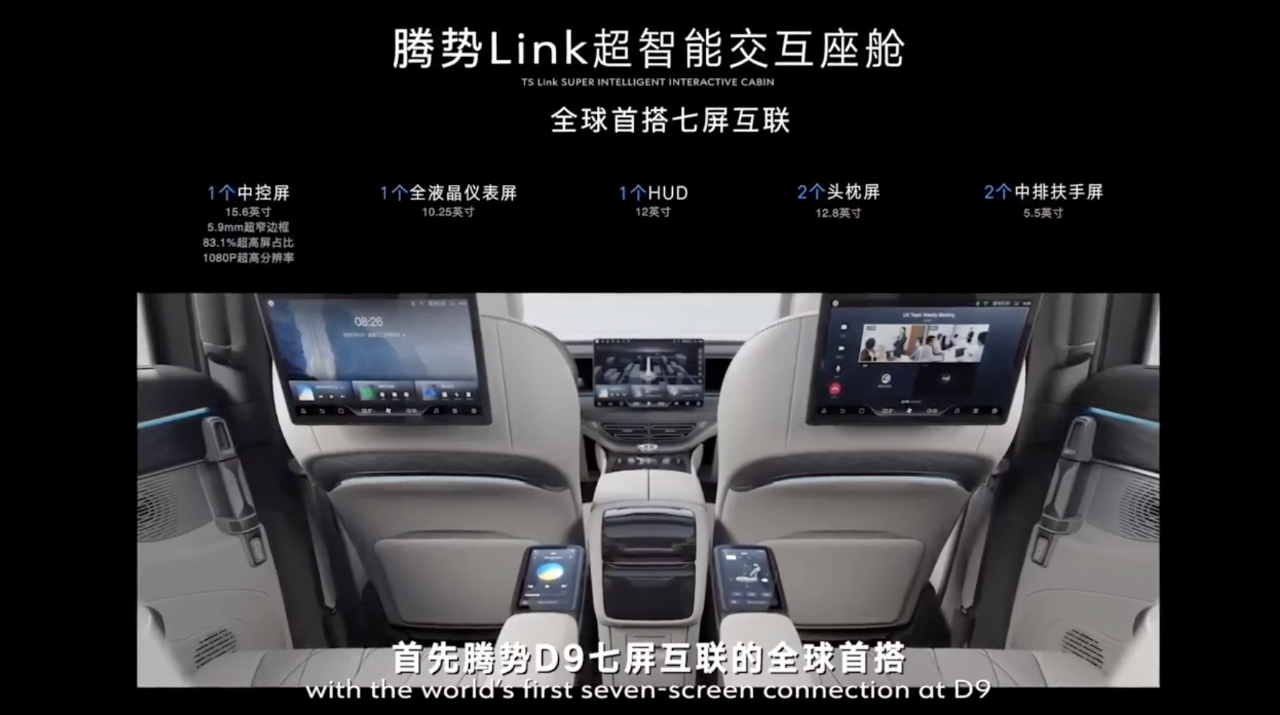
In addition, DENZA D9 supports personalized cabin adjustment based on digital keys and biological keys. According to the settings of the cabin members, the cabin can automatically match personal preferences when boarding.
Three-electric systems full of “taste”
The DENZA D9 has two versions: hybrid and pure electric, with all the underlying hardware provided by BYD.
First, let’s talk about the hybrid version of DENZA D9, which adopts the BYD DM-i super hybrid system and is equipped with a Xiaoyun – insert 1.5T efficient engine + EHS hybrid system, providing both two-wheel and four-wheel drive versions.
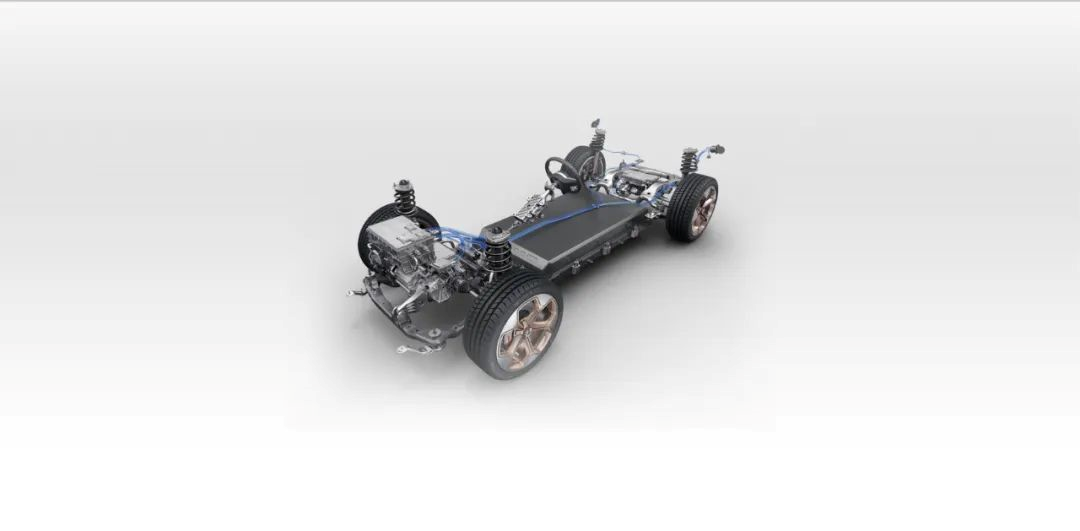
The four-wheel-drive version adopts a front and rear dual-motor layout with a maximum power of 130kW and 160kW, peak torque of 610N·m, and acceleration time from 0 to 100km/h in 6.9 seconds.
As for the range and fuel consumption, the maximum NEDC comprehensive range can reach 1040 kilometers and the pure electric range is 190 kilometers, while the minimum energy consumption is 5.9L. It also supports 80kW quick charging, with 25 minutes to charge from 30% to 80%.
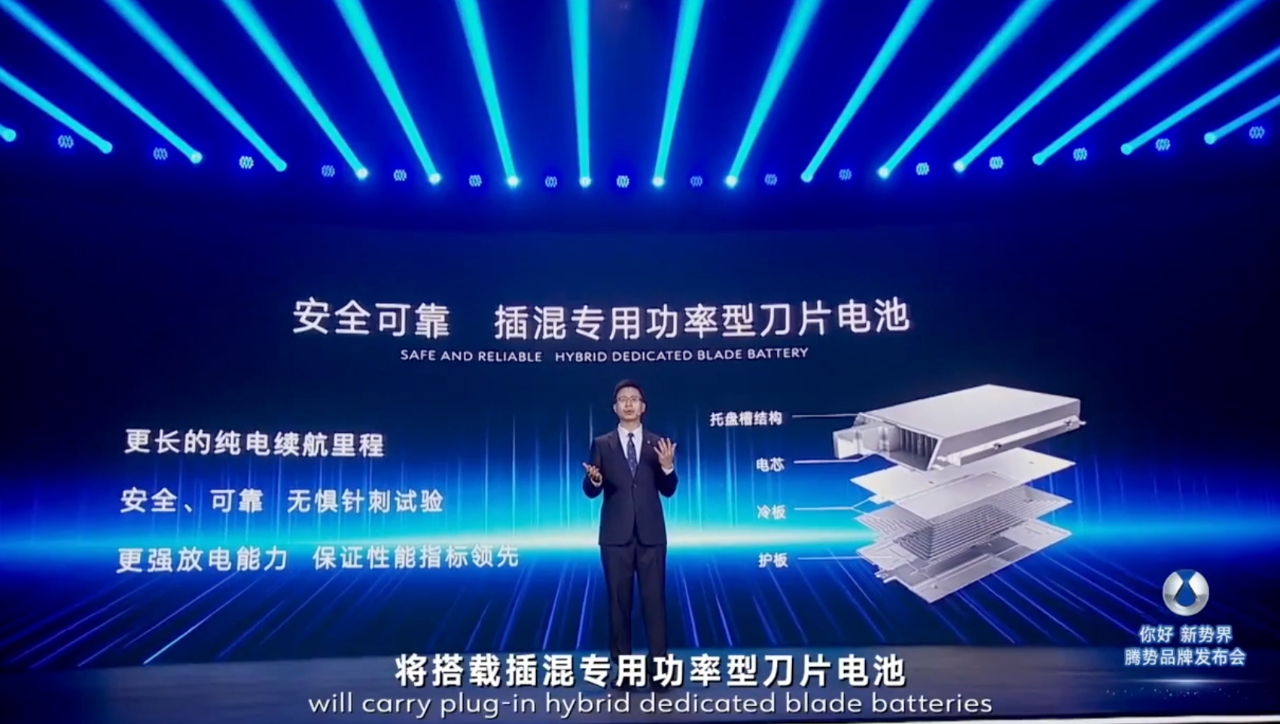
The pure electric version is based on BYD e-platform 3.0 technology, equipped with an eight-in-one electric powertrain and wide-temperature range heat pump system. The four-wheel-drive version adopts a front and rear dual-motor layout with a maximum power of 160kW, peak torque of 620N·m, and acceleration time from 0 to 100km/h in 5.9 seconds.The battery pack of the DENZA D9 adopts BYD’s 103kWh blade battery, with a maximum comprehensive range of 650 kilometers. The maximum charging power can reach 166kW, and a 10-minute charge can provide a range of 150 kilometers. The 30% to 80% charging time is 30 minutes.
Appearance and Cockpit, Fully Loaded with Hardware
Whether it’s the exterior size or the cabin configuration, the attitude that DENZA D9 wants to express is “I am luxurious enough”.
First, let’s talk about the size. The length, width, and height are 5250mm/1960mm/1920mm respectively, and the wheelbase is 3110mm, which is much larger than Toyota Alphard.
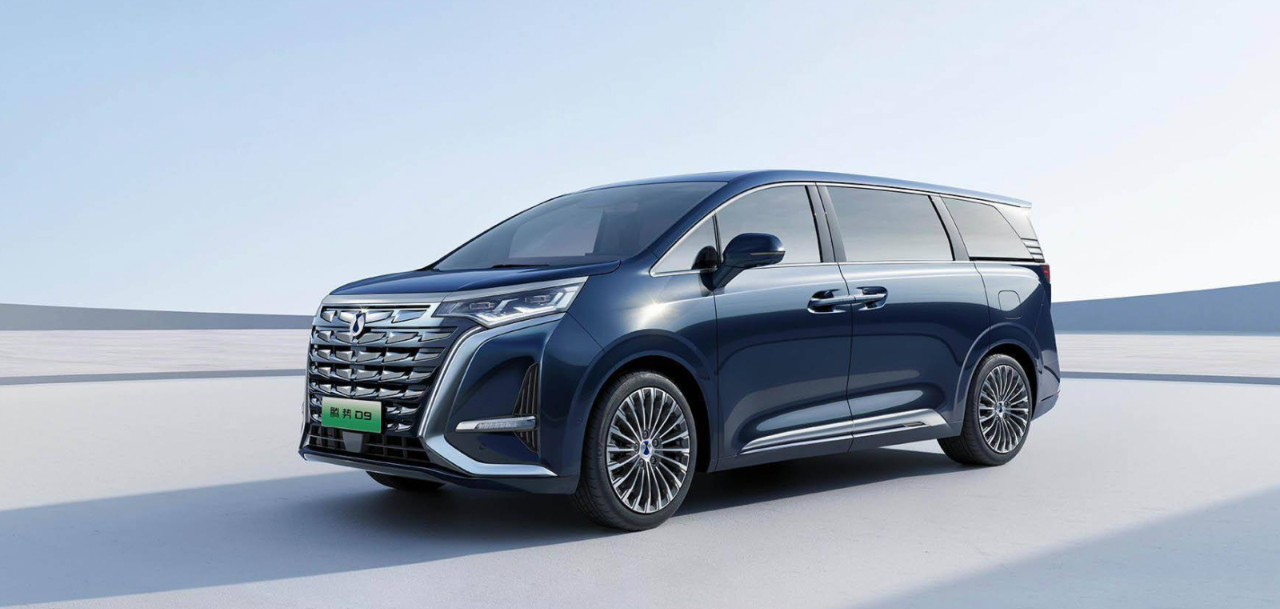
In terms of exterior design, DENZA D9 adopts a short front design. The only difference between the pure electric and hybrid versions is that the pure electric version uses a “straight waterfall” grille design, while the hybrid version adopts a “diamond cutting” design.
The top is equipped with a 1.1 square meter panoramic sunroof, equipped with double-layer glass to achieve a 99% ultraviolet isolation rate.
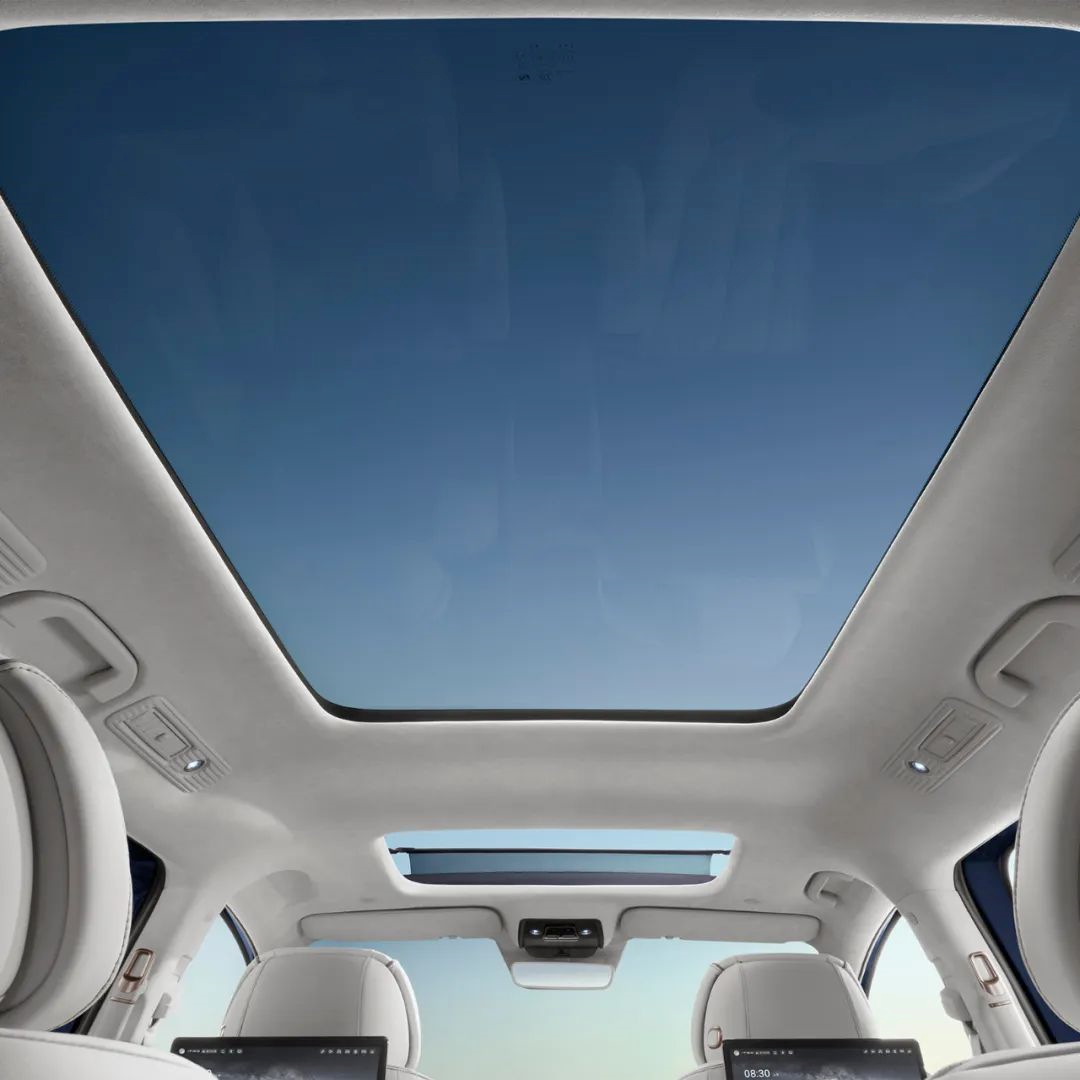
Thanks to the external size, the interior space is also quite impressive. In the third row, which is the most cramped for MPVs, the central channel width can reach 170mm, and the maximum legroom can reach 1141mm.
In terms of vehicle configuration, the luxury version is not short of what a luxury car should have. It is equipped with an active fragrance system, a 128-color hidden dynamic light screen, 14 Danaher speakers, a dual-temperature refrigerator, an electric tray, and cup holders.
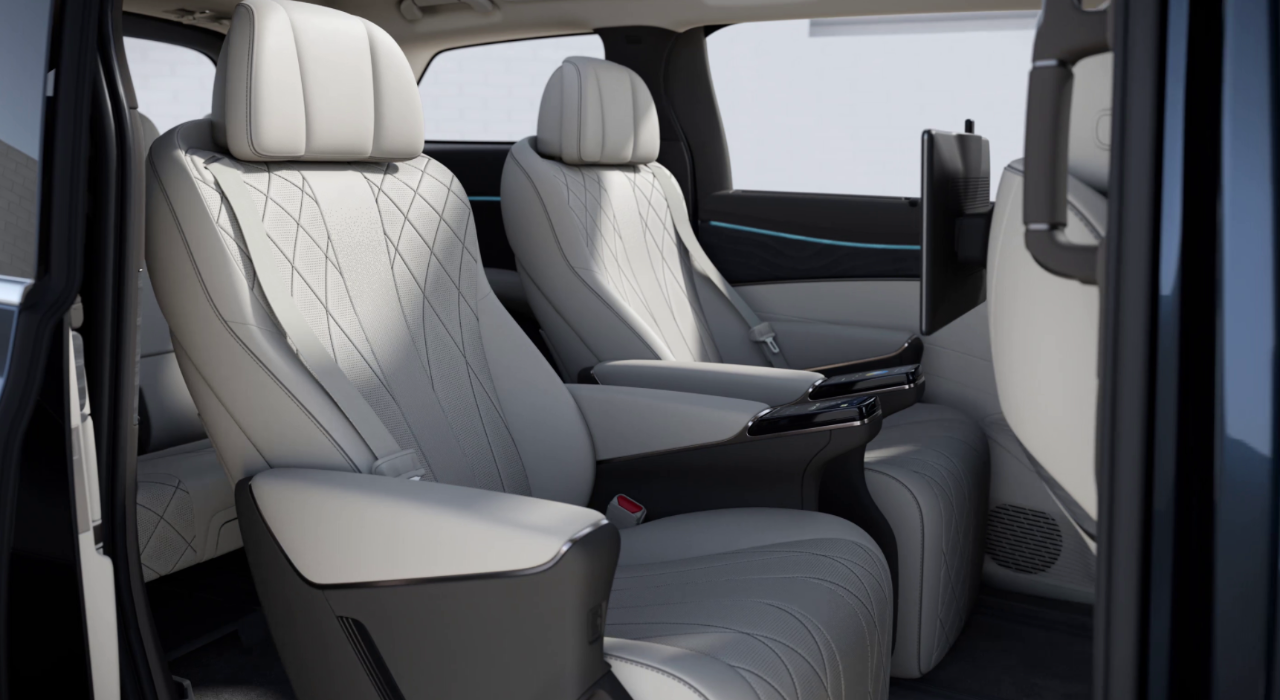
How much does such a car cost?
The price range is between 335,000 yuan and 660,000 yuan.
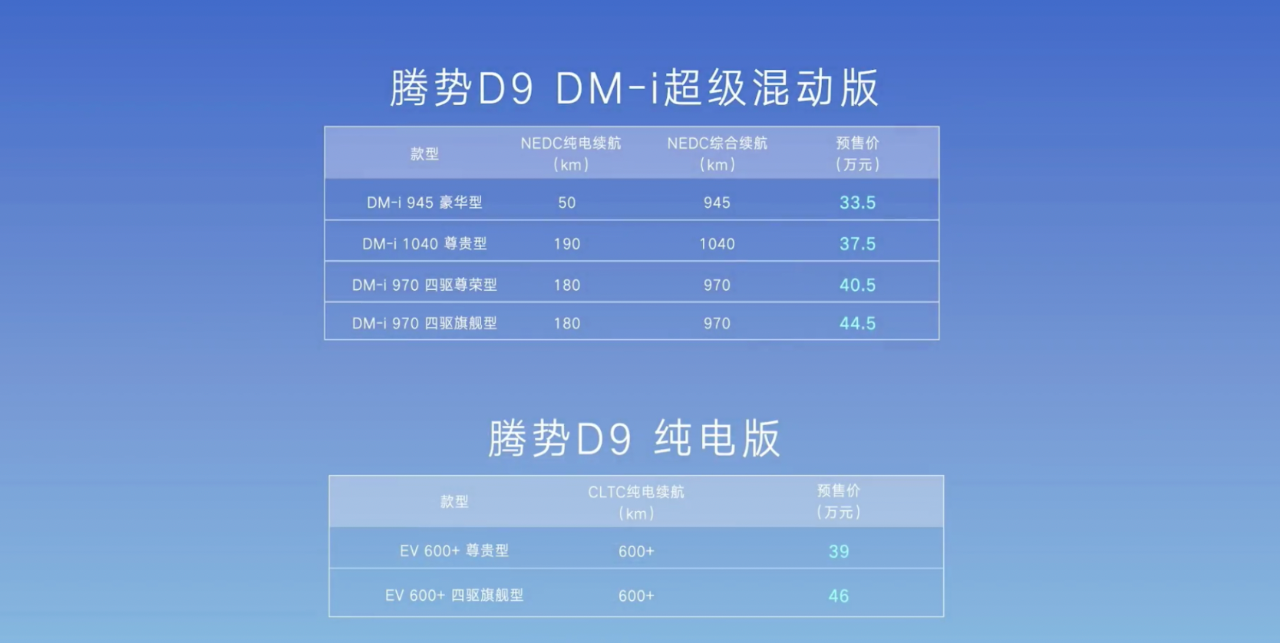
Among them, the pre-sale price of the hybrid version is slightly lower, ranging from 335,000 to 445,000 yuan. The pre-sale price of the pure electric version ranges from 390,000 to 460,000 yuan.
In addition, DENZA D9 also launched a limited Founder’s Edition, with a pre-sale price of up to 660,000 yuan and limited to 99 units.
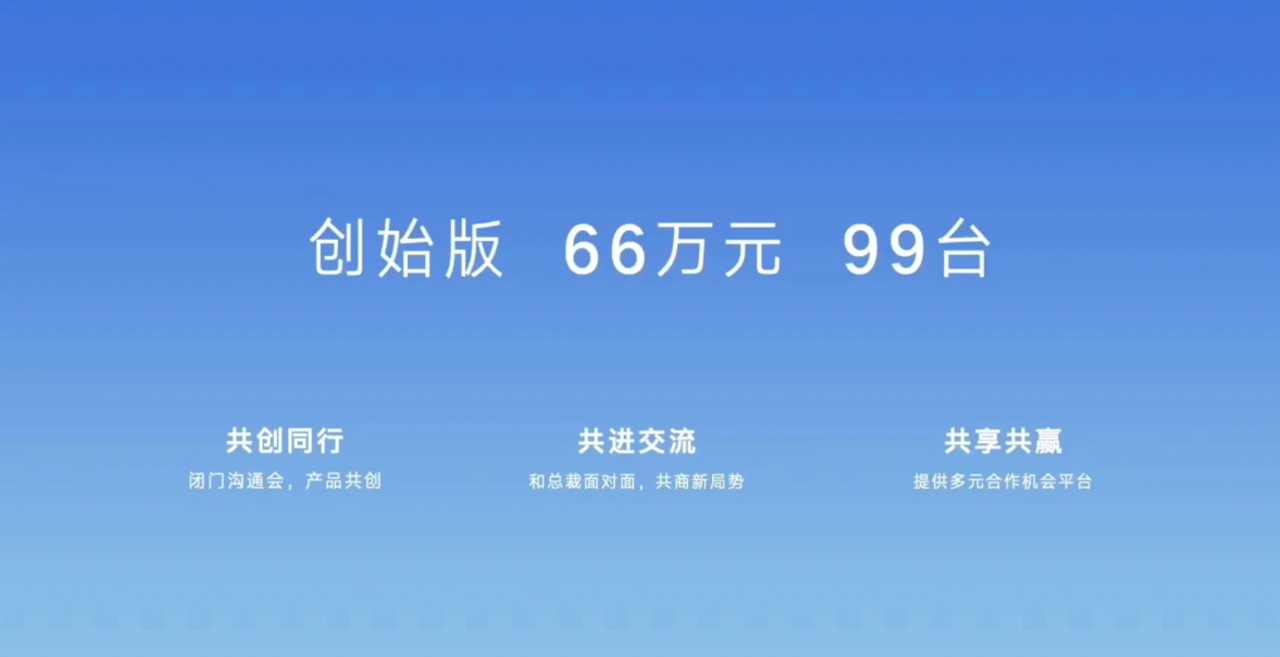
Can DENZA D9 sell well?
Whether it’s intelligent configuration, power form, exterior size, or price range, DENZA D9 is too similar to the domestically produced MPV, Voyah Dreamer, which was recently launched.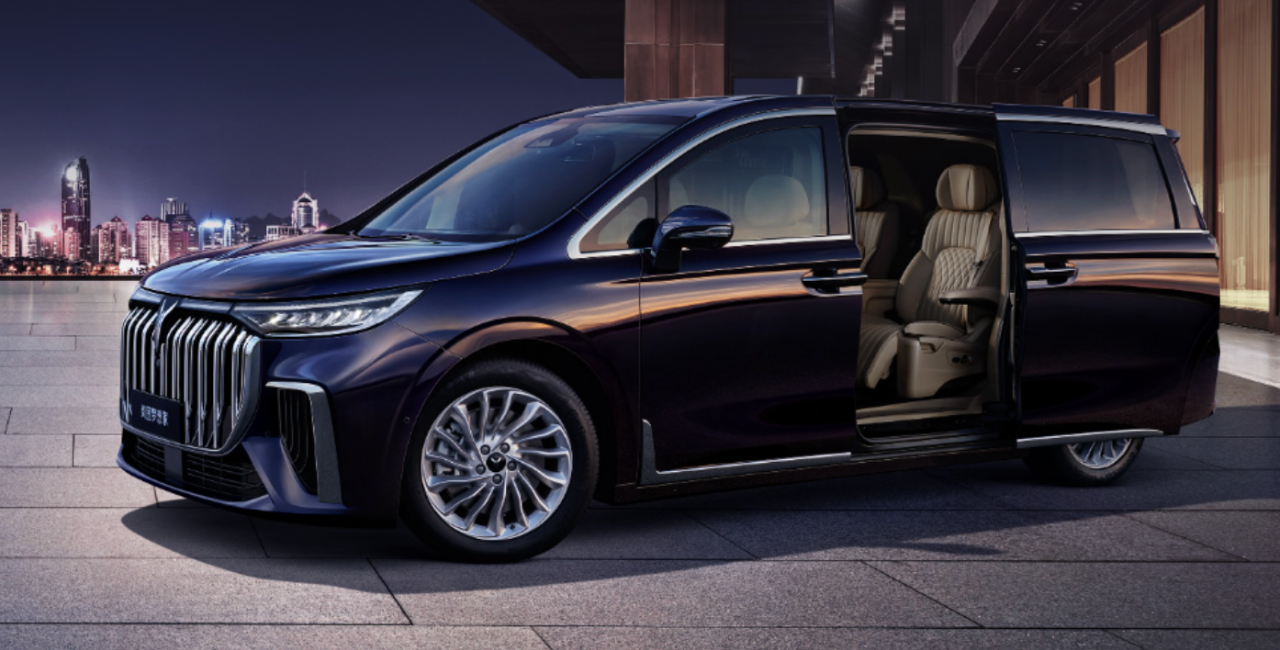
Autonomous driving, both the DENZA D9 and LanTu Dreamer are officially rated as L2+, and even the sensor numbers are the same, at 24.

The digital cockpit uses chips from Qualcomm, the difference being that the LanTu Dreamer uses the Qualcomm 8155 SoC chip, the most powerful mass-produced cockpit chip, while the DENZA D9 uses the Qualcomm 7325 chip, which was previously mainly used in smartphones such as the Honor 50.
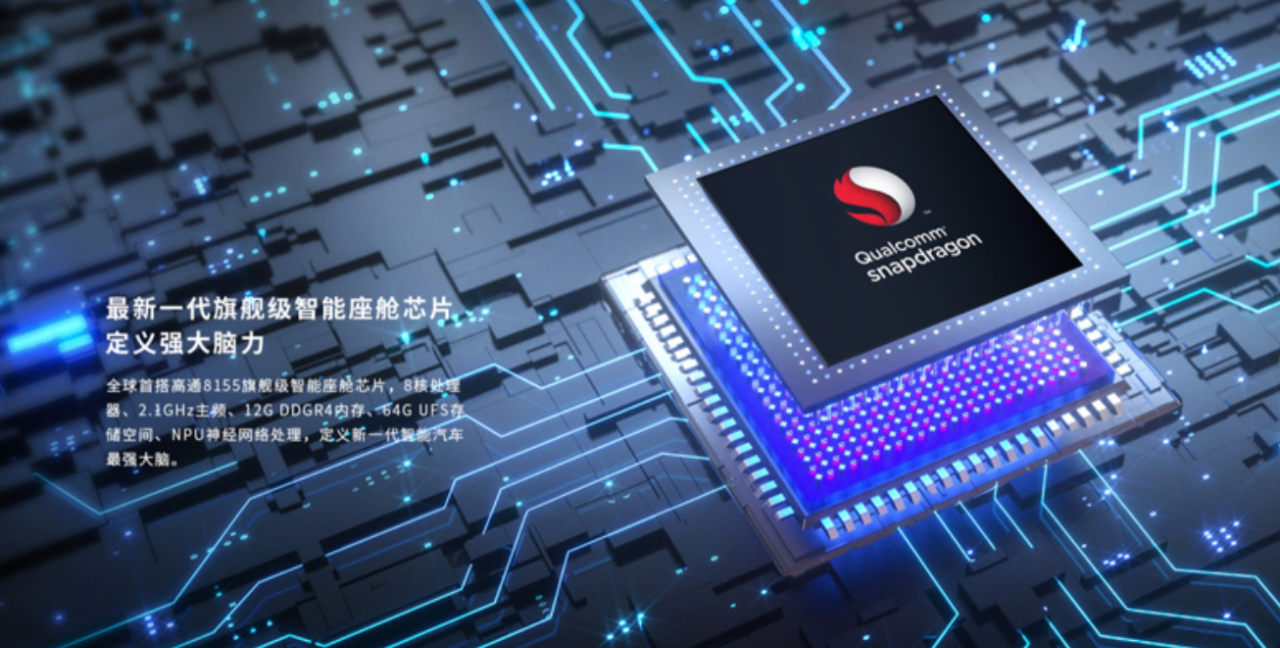
So in terms of the underlying hardware platform, the DENZA D9 may be at a disadvantage, but in terms of functional implementation, such as continuous voice conversation and vehicle-interaction, the two models do not have any essential differences.
The three-electric system power performance of the two cars is surprisingly consistent, both offering purely electric and hybrid versions with acceleration of 5.9 seconds and 6.9 seconds per hundred kilometers in both versions.
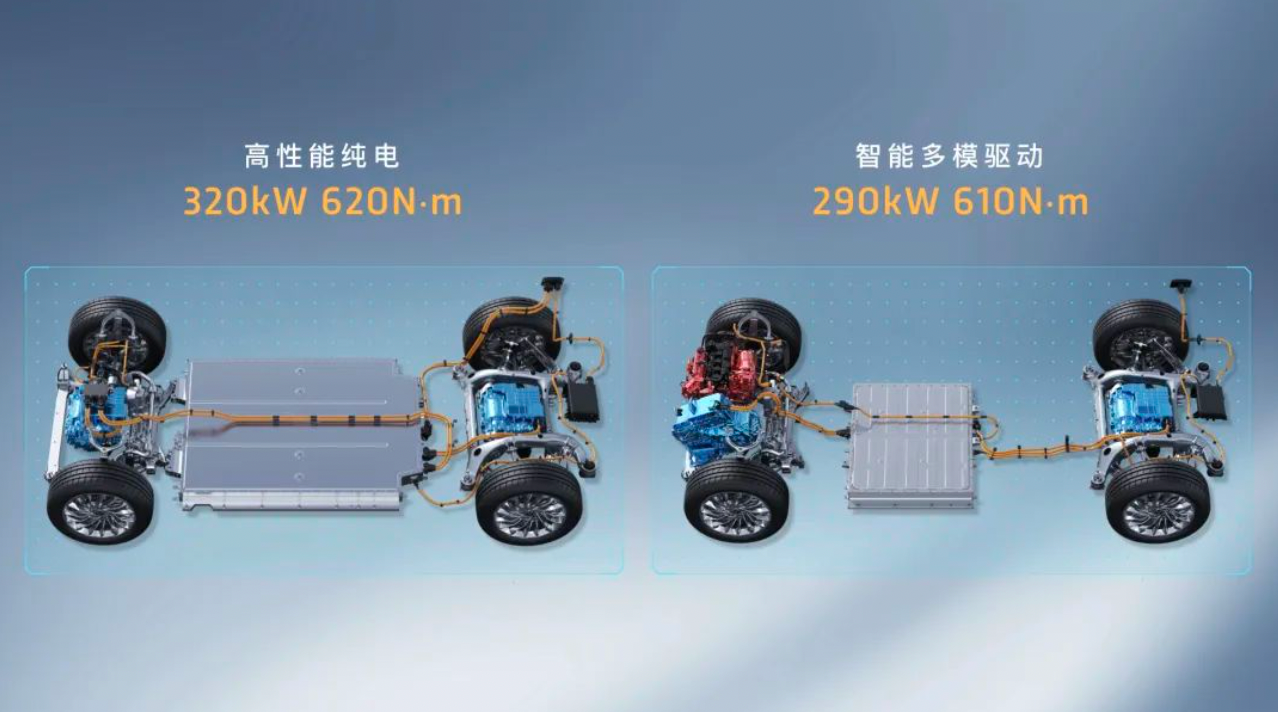
The only difference is in terms of range and fuel consumption. The range of the LanTu Dreamer hybrid version is also more than 1000 kilometers, but the fuel consumption per hundred kilometers is 7.9L, which is closer to a small displacement SUV. The basic range of the pure electric version of LanTu Dreamer is only 475 kilometers.
In the context of soaring oil prices and range anxiety, this performance is indeed a drawback.
In addition to this, size and space, as well as luxury configuration, are the selling points of both models.
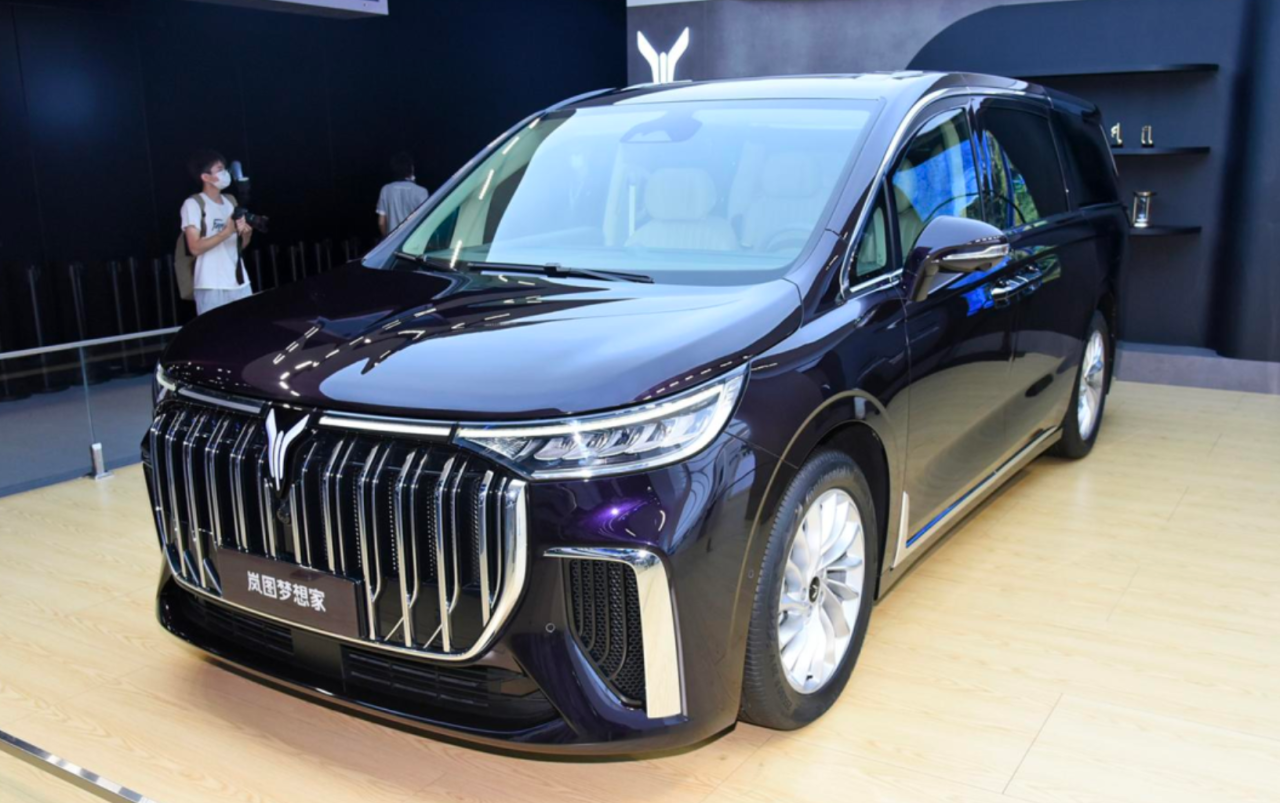
The LanTu Dreamer is 5315/1980/1810mm in length, width, and height, with a wheelbase of 3200mm, positioning it as a large MPV, slightly larger than the DENZA D9, but still in the same category.
Luxury configurations such as heated seats, in-car refrigerators, cup holders, and welcome modes can be found on both cars.
Finally, as for the price, the LanTu Dreamer is slightly higher, starting at 369,900 yuan, 30,000 yuan higher than the DENZA D9’s starting price. However, for middle-level configurations, both cars are almost identical, costing around 400,000 yuan. The personalized customized version is more than 600,000 yuan, with a difference of only 20,000 yuan between the two.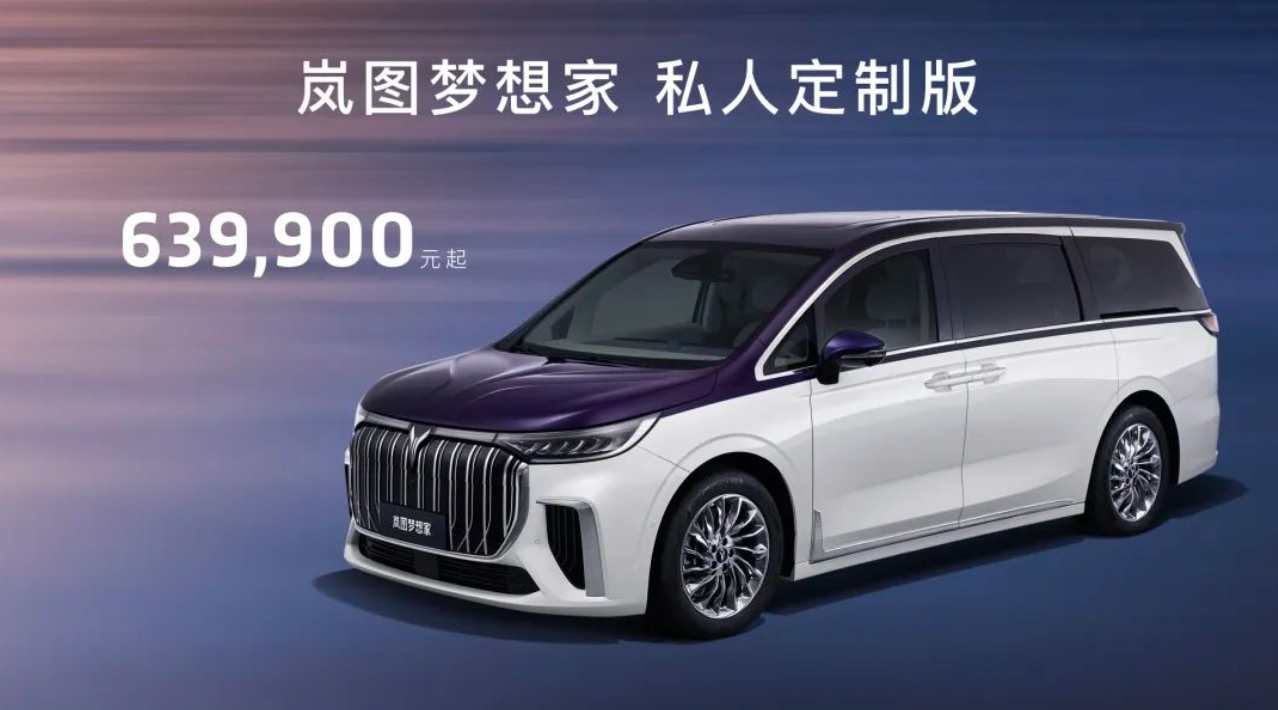
Compared with the Voyah Dreamer, the disadvantage of the Landtourer Dreamer lies in fuel consumption and endurance. Therefore, when it comes to competitiveness, the DENZA D9 is slightly higher than the Landtourer Dreamer.
However, there is another issue to be taken into account. Who actually dominates the domestic luxury MPV market?
Judging from the new car plans of domestic auto companies in 2022, companies like Great Wall, Hongqi, and Zeekr will all launch high-end MPV models intensively this year, which has never happened before.
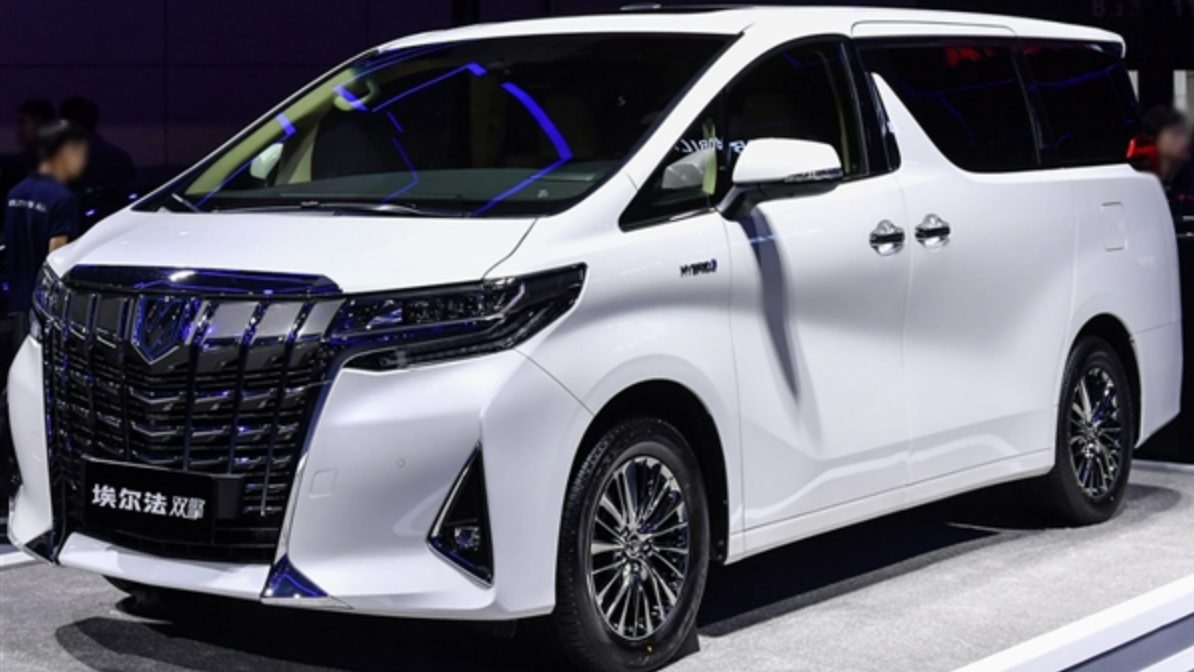
In the past, the luxury MPV market was mostly occupied by imported or joint venture models such as the Toyota Alphard and the Mercedes-Benz V-Class, while domestic MPVs were mostly in the mid-low-end market with a price tag below 200,000 yuan.
Looking back at the above two domestic luxury MPVs, they are not inferior to non-domestic brands in terms of intelligent configuration, power systems, size, and luxury configuration.
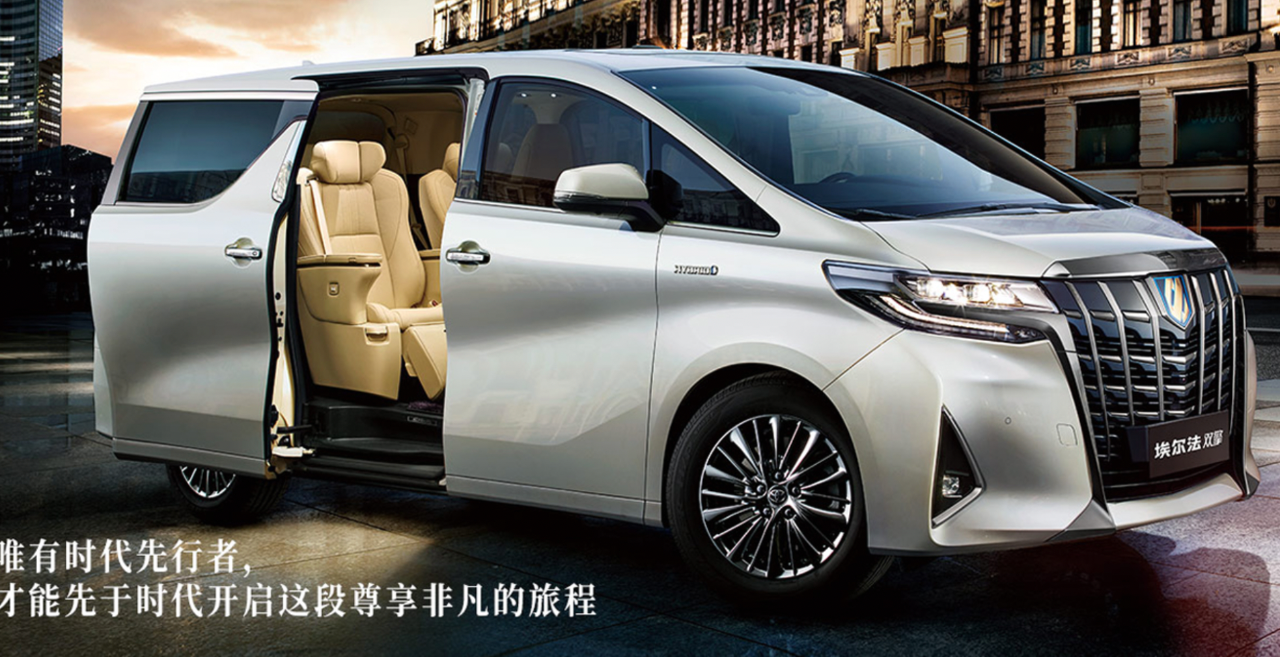
Taking the Toyota Alphard as an example, there is still a gap in intelligent configuration compared with the new generation Voyah Dreamer and DENZA D9 in terms of cross-level difference; in terms of power system, the Toyota Alphard is still mainly fueled by gasoline, and it is not fair to say that electric cars are always better than gasoline cars, but new energy vehicles are undoubtedly a major trend in the automobile industry. The luxury configurations of the Voyah Dreamer and DENZA D9 are also superior to those of the Toyota Alphard on paper.
However, the Toyota Alphard is priced at around 839,000 yuan and the Mercedes-Benz V-Class is priced at around 600,000 yuan.
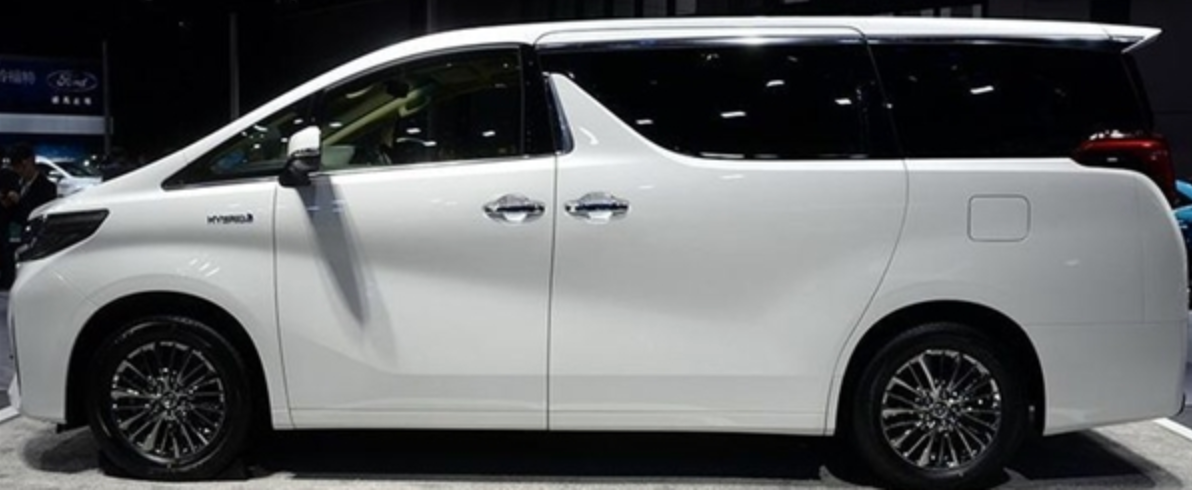
Now it can be seen that the domestic luxury car models are playing a branding game by downgrading the luxury configuration and price. After reaping the benefits of the high-end sedan market, they have now come to the high-end MPV market.
Whether it is the Landtourer Dreamer or the DENZA D9, what really matters is not to compete with each other, but to challenge the long-time dominance of models like Toyota Alphard in the high-end MPV market.
Who is DENZA?
DENZA was not well-known in the auto industry before and was even a little obscure.
In fact, DENZA is a fallen aristocrat, jointly funded by BYD and Mercedes-Benz in 2010, with a 50% shareholding of each party.
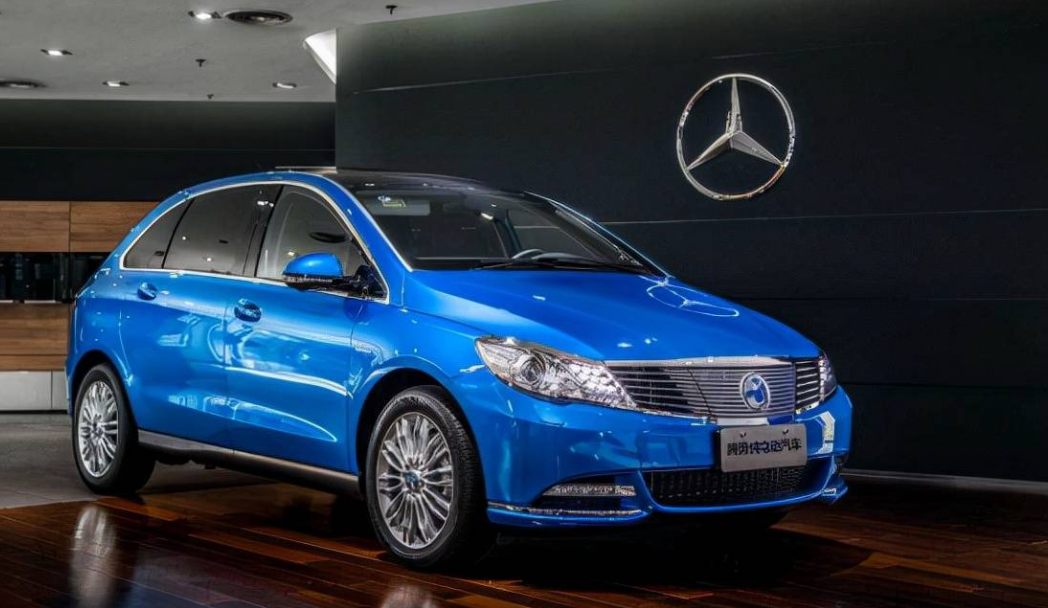 At the beginning of its establishment, the positioning of the TESLA brand was high-end. Unfortunately, starting from 2014, the annual sales volume of TESLA’s car models with prices over 300,000 yuan has remained at around a thousand units. TESLA X, a new energy vehicle model released later, sold less than 5,000 units in 2021.
At the beginning of its establishment, the positioning of the TESLA brand was high-end. Unfortunately, starting from 2014, the annual sales volume of TESLA’s car models with prices over 300,000 yuan has remained at around a thousand units. TESLA X, a new energy vehicle model released later, sold less than 5,000 units in 2021.
Seeing that TESLA couldn’t stand up, Mercedes-Benz decided to reduce its stake in TESLA and signed an agreement with BYD. The plan is to transfer 40% of the equity through share transfer by mid-2022, eventually giving BYD a 90% stake and Mercedes-Benz holding 10%.
From the BYD elements all over the TESLA D9, it can be seen that BYD will have an absolute advantage in TESLA’s future operations and vehicle research and development.
TESLA’s role will also become one of the sharp knives for BYD to enter the high-end market: According to the plan, TESLA will launch multiple products in five major series in the future, covering MPVs, SUVs, sedans, and urban sports cars, targeting the luxury car market.
However, with a relatively niche MPV market and a brand that previously had no significant influence, can BYD’s sharp knife cut it?
It’s still unknown, but the presale performance of an MPV model with a relatively niche market and over 3,000 orders in half an hour at the launch event can still prove something.
Finally, are you willing to pay for this “TESLA-flavored” MPV, which starts at 335,000 yuan?
–End–
This article is a translation by ChatGPT of a Chinese report from 42HOW. If you have any questions about it, please email bd@42how.com.
